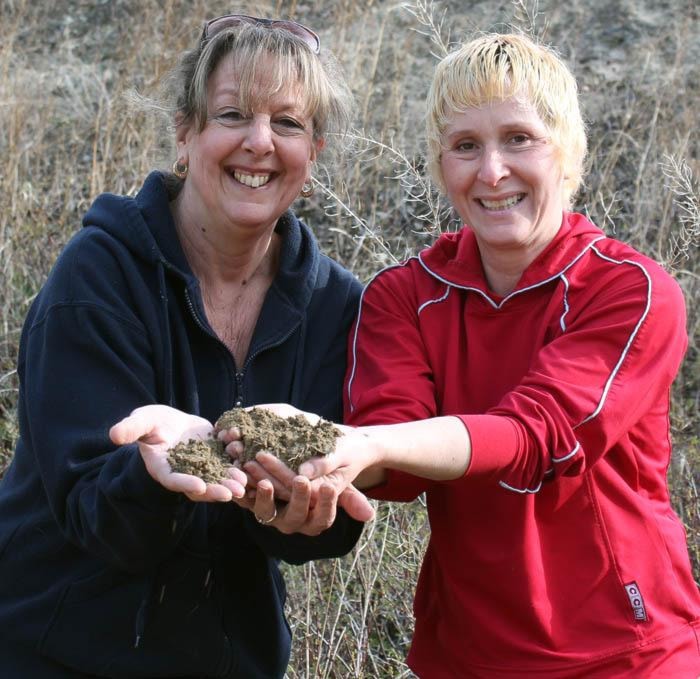An unused piece of land separating a playing field from private land in Hedley is about to get an environmentally-friendly makeover.
A hugelbeet - a mounded garden made from tree trimmings and yard waste - will be built on the spot.
Hugelbeets render wood waste into usable gardens through composting and decomposition of organic matter into soil.
“The habitat has been damaged by gold mining in the 1920s, and continued into the 1990s when water lines were cut into the playing field due to Crown land purchase,” said Area H director Angelique Wood.
The dirt created from the hugelbeet will be used to cover nearby hills that aren’t capable of growing much.
The garden will be planted with indigenous plants that will attract birds and insects.
Food will not be planted, but the soil will be monitored to see if it’s safe to be grown in the future.
“This pilot project will allow us to determine the viability of a community garden at this site,” Wood said.
The area around the proposed hugelbeet is extremely hard to grow anything in because of the dry soil created by the mine.
A hugelbeet is the first step in revitalizing the area, Wood said.
Coarser, longer lasting material - such as logs or pieces of wood - are put at the bottom of a hugelbeet, then sod and leaves and a final layer of compost and soil.
“The materials are layered in a certain way to mimic the decomposition process that takes place on a forest floor,” Wood said.
The process is spread up by sorting and piling the debris.
The hugelbeet will reduce illegal dumping and burning and divert yard waste from landfills.
The amount of yard waste put in the hugelbeet will be measured and used to credit the 2013 garbage count, Wood said.
